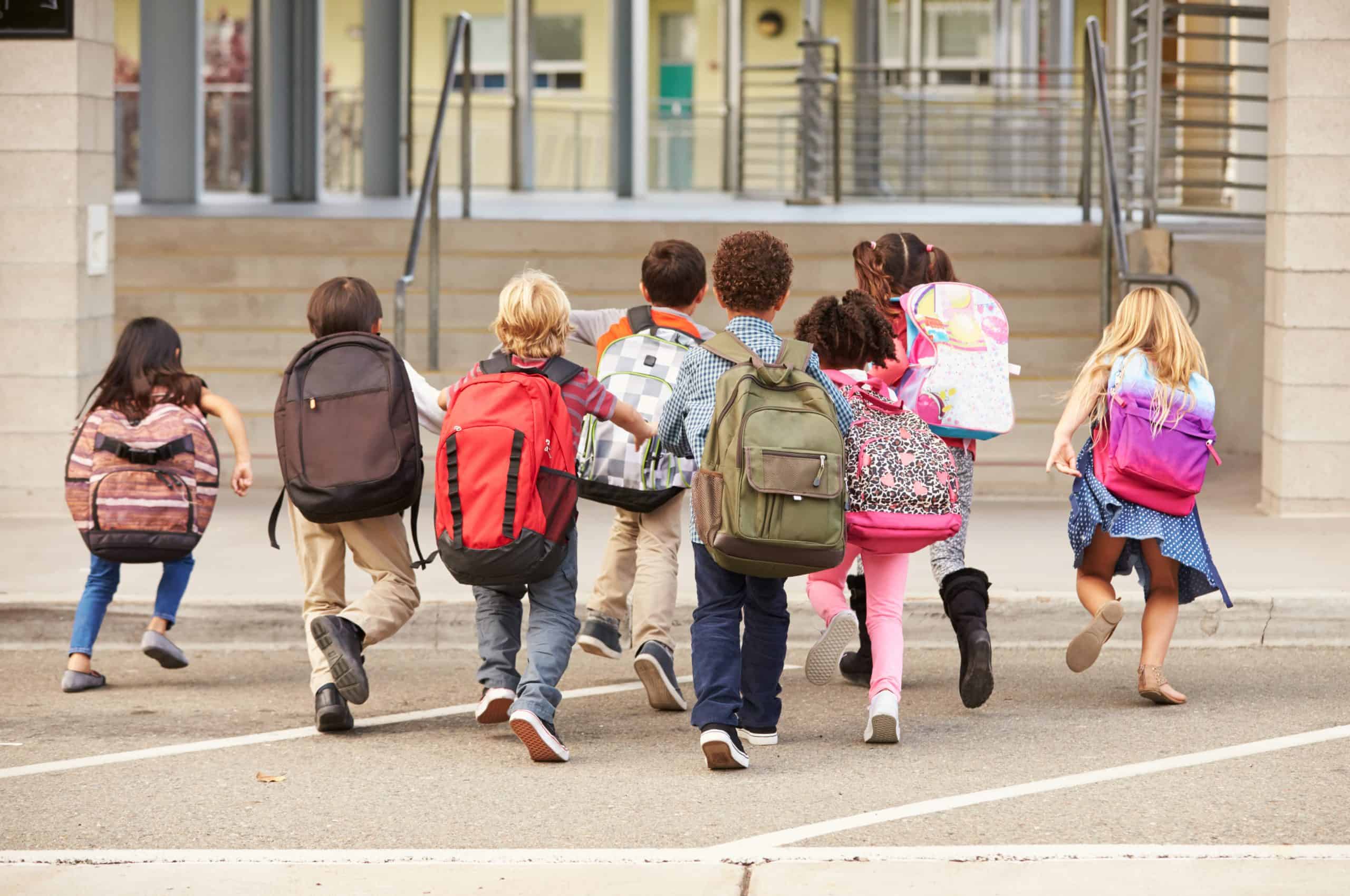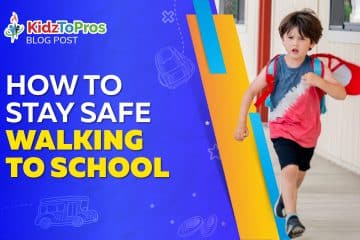What’s In Your Student’s Backpack?

A new school year can be a great time for new habits, strategies and routines. A clean slate. Organization is often the difference between success and failure. Here are some suggestions for what should be in your student’s backpack, whatever the grade, and ways to organize everything. As well as some tips so no one breaks their back.
Elementary school supplies
For children just starting their education, this is a whole new world. They are spending an entire day without their usual caregivers, some for the first time. Best to keep it simple. Here are some suggestions for what to put in their backpacks:
Change of clothes
Many schools ask for clean underwear, uniforms or other casual clothes in a zip lock bag. They typically keep these spares in the classroom all year. If your school does not do this, include some in your child’s backpack. Tuck it away inside a compartment with its own waterproof bag. Accidents and messes tend to occur with younger children. Clean clothes ensure they’ll be comfortable when it does.
File folder
A medium sized folder, perhaps with side pockets, will help keep loose pages or work organized and neat.
Lunch box
Pack healthy food so your kids can focus and stay alert all day. Some kids might even like a love note from mom and dad.
Pencil case
Fill with any essentials that might have gotten lost in the classroom. Items like writing utensils and colored pencils.
Water bottle
Make sure the water bottle is leak-proof. Kids can better concentrate in academics and physical activity when they’re hydrated.
Comfort item
Depending on the child, a little stuffed animal or other item from home might help ease the transition.
Middle school backpacks
Students in middle school now have multiple classes, desks and lockers. Encourage them to routinely straighten and organize all of these areas. Here’s what they should carry with them to and from school every day:
Binders or folders
Choose ones with dividers. Sort them by subject with names (for example: Science, Math, Language Arts, etc.) clearly written on tabs that can be easily seen. Or buy one binder separated into multiple subjects to save space.
Pens, pencils, and highlighters
Keep them in a clean pencil case or bag.
Weekly planner
Students should keep track of assignments and tests by writing them in a planner every day.
Textbooks and notebooks
Many books can be kept in a locker or desk at home. Only bring to and from school what is necessary.
Lunch bags or money
If your school doesn’t have electronic payment methods, keep lunch money in a separate pocket inside the backpack.
Color coded folders and materials
This is especially helpful if your student is on a block schedule. At home, keep everything organized by day and switch them out of the backpack after homework each evening.
Lip ointment, tissues, mints, or phone can go into the front pockets.
High school bags
Young adults who understand the importance of organization might still need convincing (and a friendly reminder) to clean out their backpacks once a week. Here’s what they should keep inside:
Weekly planner
Similar to middle school, this is the place to write down assignments, tests, meetings and appointments. Include all school-related deadlines.
Notebooks
These are for note taking, longer assignment deadlines or details, and anything else the student needs to write down.
Binders
Separate a large binder with smaller sections for each subject. This is where forms, handouts and graded work goes.
USB devices
Keep assignments and other important work backed up.
Pencil Case
To store pens, pencils, sharpeners, erasers, highlighters, etc.
Laptop and case
If needed, otherwise keep them safe at home.
Textbooks
If needed, otherwise keep in lockers or the desk at home.
Lip balm, hand lotion, deodorant, phone, mints, wallet and healthy snacks
Store these items in the front section for easy reach.
Water bottle
Make sure it’s reusable. Most schools offer water fountains so kids can refill bottles throughout the day.
Hand sanitizer and extra masks
As needed.
Tips
Stress the importance of cleaning out backpacks every week. Make it a Friday evening or Sunday afternoon routine.
Each night, backpacks should be packed and set up at the door to grab and go.
Don’t overstuff it, only take what is necessary each day.
Also, organize desk(s) and lockers every week.
Get a lightweight pack so it’s easier on knees and backs.
Small bags on wheels, similar to overhead luggage, may be good options for students with heavy loads.
Avoid back injuries and other problems
When it comes to backpacks, less is more.
If you have a bathroom scale, fill the backpack with essentials and then weigh it. Make sure it’s not over 10% to 20% of your child’s body weight.
Remind kids to utilize their locker and desks rather than carry everything around. They should bring home only what’s needed for homework or studying.
Put heavier or bulkier items, such as textbooks or laptops, near the center of the back pocket.
Help your children to pick up backpacks properly. For example, they should use both hands and bend at the knees. They should also use both shoulder straps. Kids who sling their bags over one shoulder can hurt themselves and strain muscles.
Bags that are slung over the shoulder or across the chest — or that only have one strap — don’t distribute the weight as effectively.
Don’t let the bag sag. Tighten the straps so it’s a snug fit against the body. Backpacks should rest in the center of a student’s back.
Schools can help keep kids from over packing bags
They can:
- Extend time between classes so kids can better utilize their lockers.
- Assign paperback rather than hardcover books.
- Spread awareness about safe backpack use.
- Take advantage of online curriculum and other paperless options.
A parent’s checklist
Do your students:
- Have a hard time either putting their backpacks on or taking them off?
- Complain about back pain?
- Lean forward when walking?
- Suffer from poor posture?
If your child is in pain or feels weak in their lower or upper torso, please call your doctor.
Other safety issues
Remind your kids to be thoughtful in the hallways or on the bus. They may knock others behind them with big bags and not realize it.
Urge extra caution on stairs or bridges.
School guidelines
Check with your school for regulations that prohibit certain types of backpacks, such as rolling luggage. Some schools require see-through backpacks only. Others mandate plastic or mesh material.



0 Comments